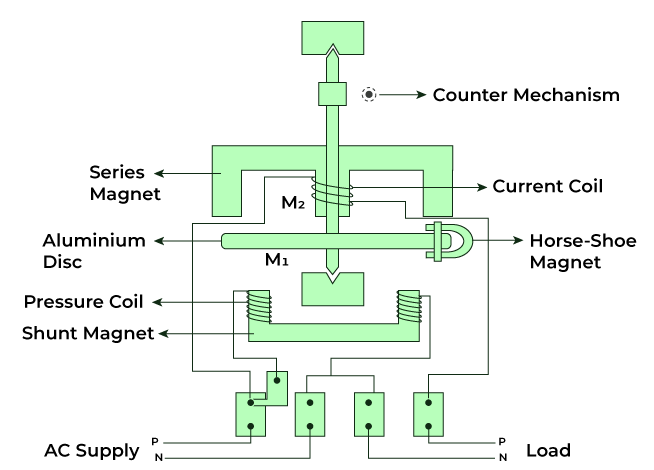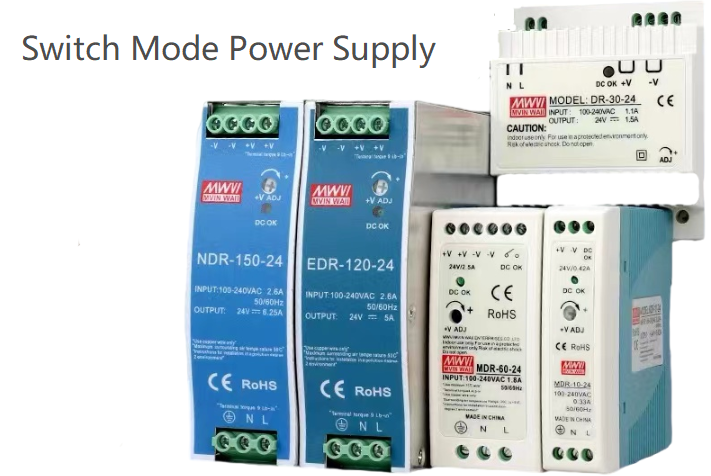Current sensors are indispensable devices in the fields of electrical and electronics, used to measure the magnitude and direction of electrical currents. Whether in power systems, industrial automation, electric vehicle charging, or energy monitoring, current sensors play a crucial role. This article delves into the working principles of current sensors and their critical roles in various application areas.
Basic Concepts of Current Sensors
Current sensors are devices designed to measure the strength and direction of electrical current. They are typically designed to convert high current values into lower current values for measurement and monitoring purposes. Current sensors are used in power systems for the protection, control, and monitoring of currents. They are also employed in industrial automation for precise measurement of current in motors and equipment. Additionally, current sensors play a vital role in electric vehicle charging systems and energy monitoring.
Types of Current Sensors
There are various types of current sensors, including magnetic current sensors, Hall effect sensors, and resistive current sensors. These different sensor types have their own advantages and characteristics based on their working principles and specific application scenarios.
Working Principle of Magnetic Current Sensors

Magnetic current sensors are a common type that operates based on Hall elements and magnetic field induction. When current flows through a sensor’s conductor, it generates a magnetic field, which acts on the Hall element, causing a change in the Hall element’s output voltage. By measuring this voltage change, the strength and direction of the current can be determined.

Hall effect sensors operate based on the response of Hall elements to magnetic fields. When current flows through the sensor, the magnetic field generated induces a voltage change in the Hall element. This voltage change is proportional to the current’s magnitude, allowing it to be used for current measurement.
Working Principle of Resistive Current Sensors
Resistive current sensors involve changes in resistance. When current flows through the sensor, the internal resistance changes. By measuring the change in resistance, the current’s strength can be determined. Resistive sensors are typically used in applications that require high-precision measurements.
Applications of Current Sensors
Current sensors find widespread applications in various fields, including power system protection, electric vehicle charging, industrial automation, and energy monitoring. In power systems, they are used to monitor overload and short-circuit conditions to ensure system stability and safety. In electric vehicle charging systems, current sensors help control charging currents precisely to extend battery life. In industrial automation, they monitor the current in motors and equipment, enabling precise control. In energy monitoring, current sensors aid in measuring energy consumption for energy management and conservation.
Conclusion
Current sensors are indispensable tools in the electrical and electronics fields. They come in various types, each with its own working principle and suitability for different application scenarios. Understanding the different types of current sensors and their working principles is essential for effectively utilizing them in various applications.






